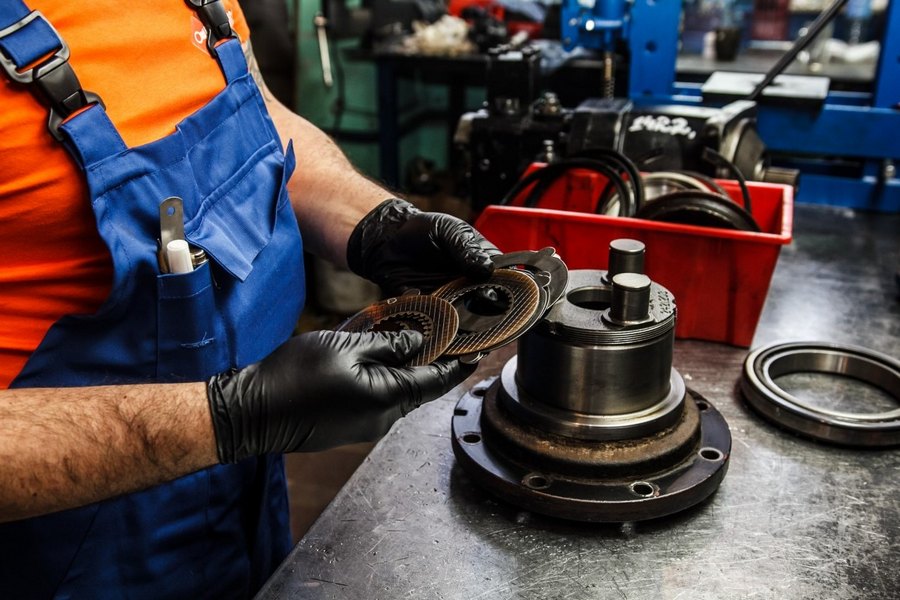Welcome to the United Arab Emirates’ lively and fast-paced terrain, where technical developments and cutting-edge equipment drive the nation’s industries and construction projects. Even the most reliable and sturdy hydraulic pumps are not immune to the effects of wear and tear. The steady pressure, high temperatures, and intense workload can wear down these hardworking machineries over time.
It is critical to recognize the warning indicators during these times. By recognizing signs that your hydraulic pump may need to be repaired, you can address underlying issues and ensure your equipment’s longevity. Join us on an educational adventure as we delve into the world of hydraulic pumps and discover telltale indicators that indicate a need for repair. Check out Ghaima Group, a renowned marine engineering company for this purpose.
Dripping Leaks: A Dripping Mystery
If you notice a suspicious puddle near your hydraulic equipment, this could be an obvious sign of a hydraulic fluid leak. Look for wet spots, oil streaks, or a decline in fluid levels. Leaks indicate potential damage and impair your equipment’s performance. Don’t let these irritating leaks go unnoticed.
Unusual Noises: The Distress Language
Pay close attention to the sounds coming from your hydraulic pump. Is it making unusual noises such as shrieking, grinding, or knocking? These strange sounds may indicate problems with internal components, cavitation, or insufficient lubrication. Ignoring these audible warning signs can result in catastrophic pump failure. Pay attention to distress signals and take appropriate action to prevent your equipment from additional harm.
Sluggish Movements: Reduced Performance
Does your hydraulic equipment need to be operating to expectations? If you observe a loss in speed, power, or efficiency, it could be due to your hydraulic pump. Sluggish movements, delayed reflexes, or diminished lifting capacity can indicate pump problems. Don’t let your productivity suffer—resolve these performance issues as soon as possible to restore your equipment’s optimal functionality.
Excessive Heat: A Sign of Overwork
Check the temperature of your hydraulic pump. Is the weather hotter than usual? Excessive heat might signal issues, including worn-out components, fluid pollution, or insufficient cooling. If left untreated, it can cause thermal damage and pump failure. Check the temperature monitor and cool your hydraulic system before it’s too late.
A Shaky Situation with Increased Vibrations
If your hydraulic equipment is trembling more than usual, take note. Excessive vibrations may indicate a problem with the hydraulic pump, such as misalignment, worn bearings, or damaged internal components. These jeopardize your equipment’s stability and safety. Act quickly to address this precarious condition and keep your equipment running well.
Conclusion
You may proactively identify and address difficulties by paying close attention to the signs and signals provided by your hydraulic pump. These warning indicators range from strange leaks and weird noises to decreased performance, excessive heat, and increased vibrations and serve as a reference to the health of your hydraulic system.
Regular maintenance and prompt repairs are critical to keeping your equipment working smoothly, maintaining productivity, and avoiding costly downtime. Stay alert and contact Ghaima Group to preserve your machinery’s longevity and efficiency in the dynamic terrain of the United Arab Emirates.

Surfer, mother of 2, audiophile, Swiss design-head and growthhacker. Making at the junction of beauty and sustainability to craft experiences both online and in real life. Let’s design a world that’s thoughtful, considered and aesthetically pleasing.



